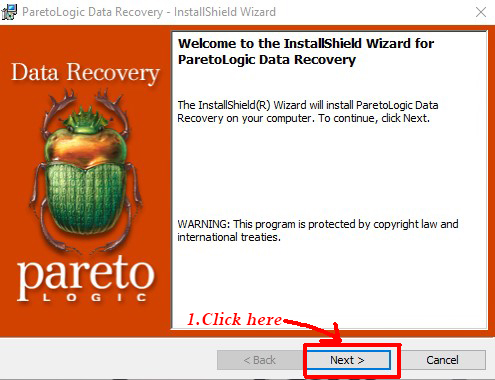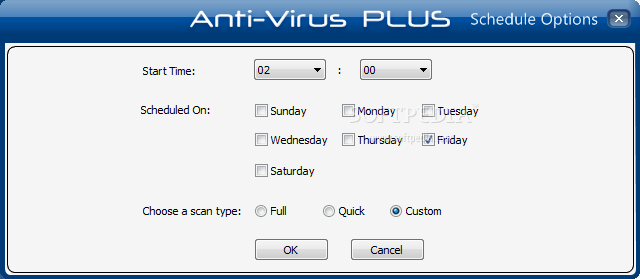

There are also runtime controls that may change the behavior of the system.

#Pareto dr setup rw.exe keygen driver
Kernel or driver code must use the resultant #defines to alter the behavior of the kernel at compile time. The design pattern for configuring the behavior of the system in a static manner by setting compile time variables in a configuration file is a common one. The kernel size remains small, and the required device driver modules are simply stored on the root file system on embedded systems you can prune the modules to just the devices that must be supported on the platform. This allows a standard kernel with dynamic support for a huge number of devices to be developed. In general, the dynamically loaded modules are used for device drivers. There can be a number of static dependences in the build that prevent you from turning a capability from a statically linked item into a dynamically loaded one. Not all features can be built as a module instead of being statically linked. They can be updated without rebuilding the kernel. The modules are stored on the root file system and loaded automatically as required during the boot sequence. The feature is not statically compiled into the kernel. This item includes a feature as a dynamically loaded module. The # symbol is indicates the remainder of the line is a comment as a result the CONFIG item is not included. The feature cannot be updated without updating the kernel itself. This means that the feature is built into the kernel at build time.

There are three types of options generated in the configuration (. Would you like bindsetup to change the hostname ?ġ) Query /etc/hosts before querying BIND for host information.Ģ) Query BIND first for host information.ģ) Run svcsetup to customize service order selection. The following abbreviated example shows the bindsetup utility.Įnter the default BIND domain name : Ĭonfiguration Menu for domain ""Įnter the host name of a BIND server: alphaĮnter the Internet address for : 16.140.128.4 Would you like to add alpha to the /etc/hosts file (y/n) ? y Enter the host name of a BIND server: betaĮnter the Internet address for : 16.140.144.7 Would you like to add beta to the /etc/hosts file (y/n) ? yįinished entering BIND server(s) (y/n) : yīindsetup will now change the hostname from "grazie" to "". The NFS daemons for your machine have been started. usr3 on /usr3 type nfs (v3, rw, udp, hard, intr)

NFS Locking: rpc.statd and rpc.lockd started NFS export service started NFS 10 service started Would you like nfssetup to stop/start the daemons now ? mounted on: /usr3, mount options are: rw,bg Enter "c” to CONFIRM the information, "q" to QUIT nfssetup without making any changes, or "r" to RESTART the procedure : c Updat ing files: No directories (in addition to those already in /etc/exports) exported Please confirm the following information which you have entered for your NFS environment:Ĩ TCP server daemons, 8 UDP server daemons usr3: Directory does not exist, but will be created. You are now setting up your directory export list…Įnter the remote directory pathname: /usr3 Would you like to run the automount daemon ? Would you like to run the PC-NFS daemon ? Would you like to run the property list daemon ?Įnter the number of block I/O daemons to run : Will you be exporting any directories ? y Do you want to allow non-root mounts ?Įnter the number of TCP daemons to run (0 to 12 8) :Įnter the number of UDP daemons to run (0 to 120) : This abbreviated example shows the nfssetup utility. In turn, it calls nfssetup, nissetup, bindsetup, latsetup, lprsetup, and so on. This utility provides a menu of most administrative setup functions. For example, many UNIX systems provide a generic terminal-based setup utility in /usr/sbin/setup. In addition to integrated network configuration tools, some vendors also provide command-line utilities. The Berkeley Internet Name Domain service (BIND) provides a host name and address lookup service for networked systems.Īs with other network services, the procedure for configuring NFS, NIS, and BIND will vary depending on the vendors version of UNIX. NIS, formerly referred to as Yellow Pages, allows the sharing of such databases as users, passwords, groups, and network domain names between hosts that share administrative control. Section 13.2.8 provides more information on NFS. It provides access to file systems from remote hosts.
#Pareto dr setup rw.exe keygen software
NFS is software available for UNIX implementations and, optionally, for OpenVMS. Several network services have been developed over the years and are now common on most UNIX versions. Joseph McMullen, in UNIX for OpenVMS Users (Third Edition), 2003 11.7.4 NFS, NIS, and BIND


 0 kommentar(er)
0 kommentar(er)
